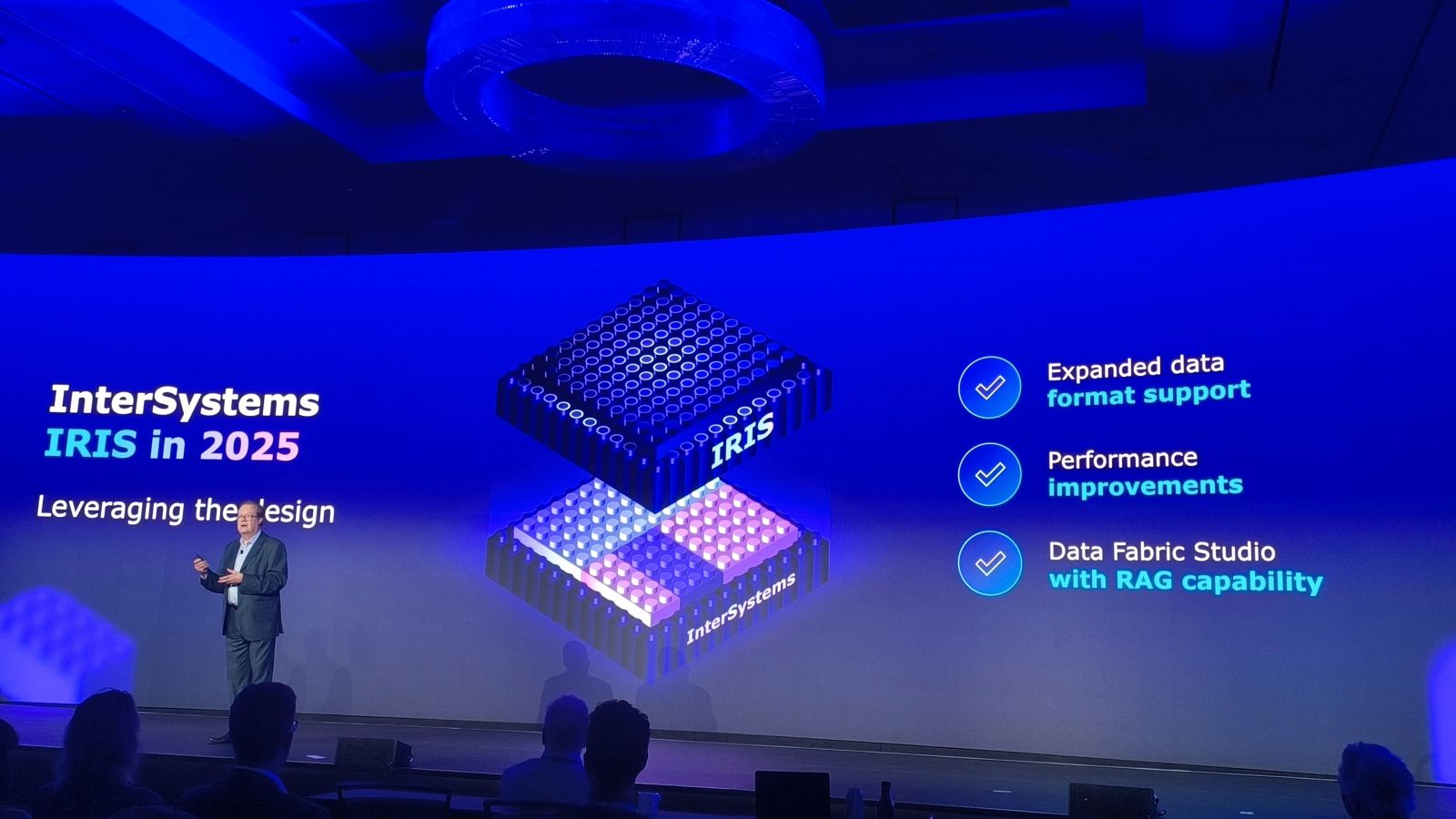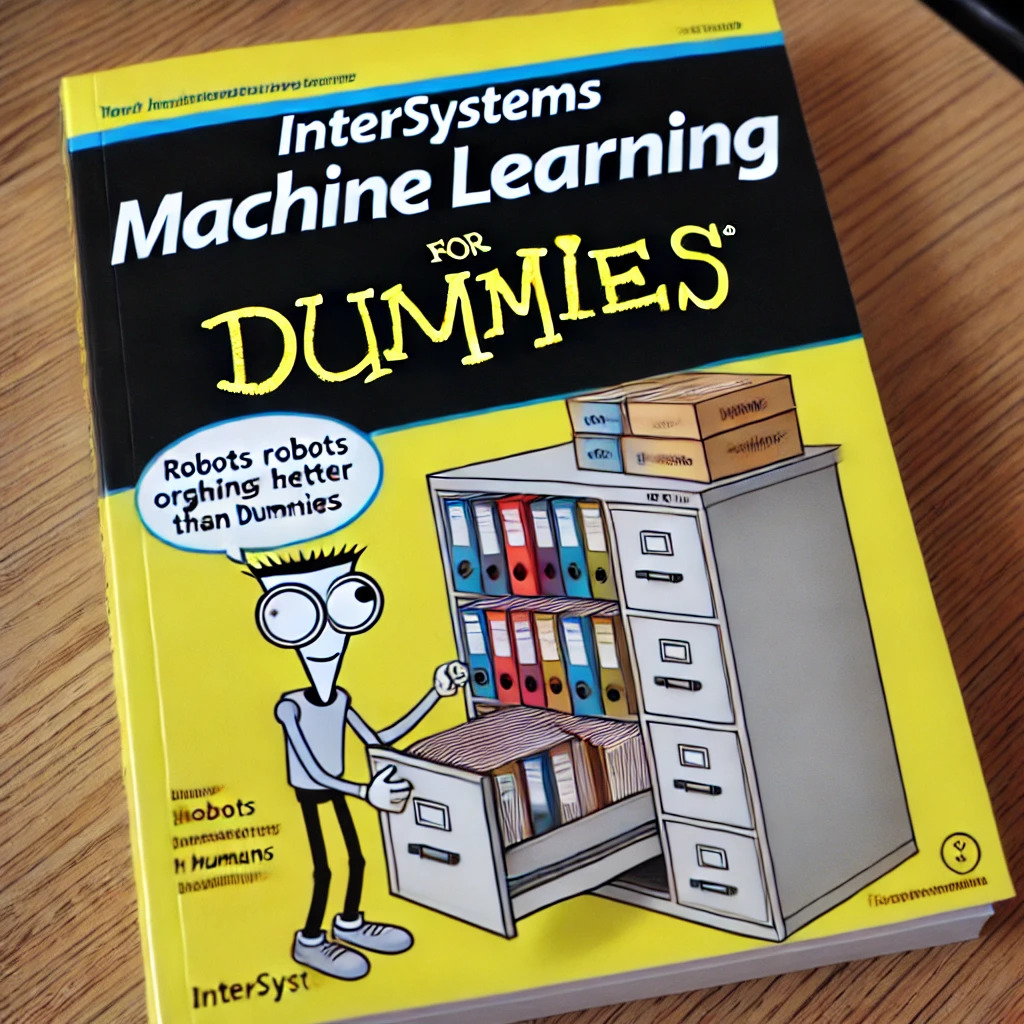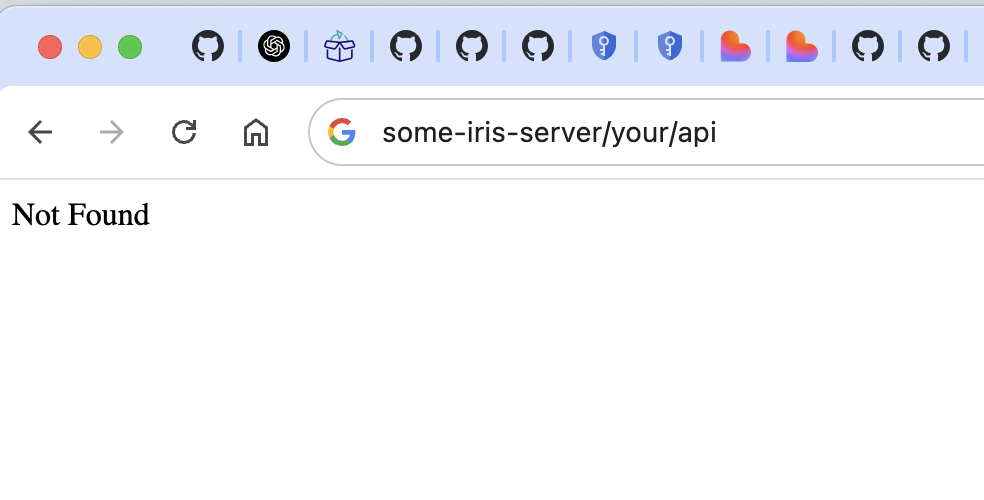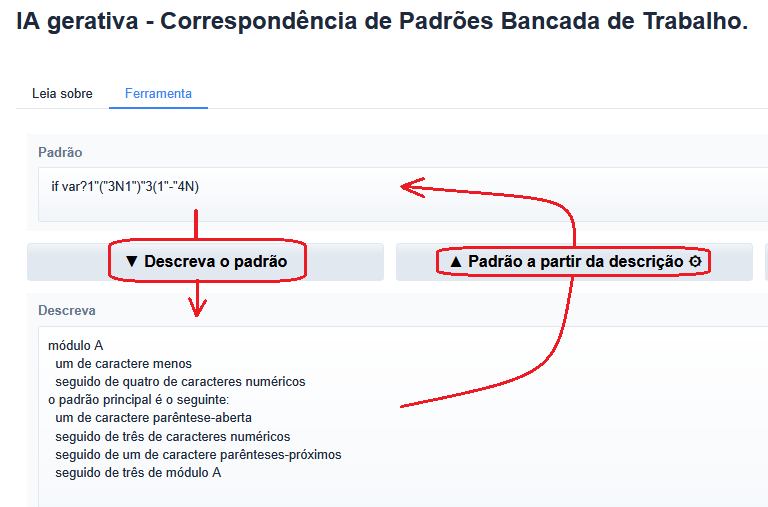Among the many voices that shape the InterSystems Developer Community, some stand out not only for their knowledge but for their consistency, curiosity, and passion. One of those voices belongs to @Dmitry Maslennikov, a long-time member whose experience spans nearly two decades and who continues to innovate and inspire developers around the globe.
🤩 Let's take a look at Dmitry’s deep-rooted journey with InterSystems and his lasting impact on our Community...
(2).jpg)





.png)



